 For more information on the topic of residential buildings, check out the University of Michigan’s Center for Sustainable Systems' Residential Buildings Factsheet.
For more information on the topic of residential buildings, check out the University of Michigan’s Center for Sustainable Systems' Residential Buildings Factsheet.
The curated collection below contains 7 videos, 3 podcasts and 4 games/activities. To access the resource, click on the image below the resource title.
Videos:
Sesame Street: Save Your Energy For Me
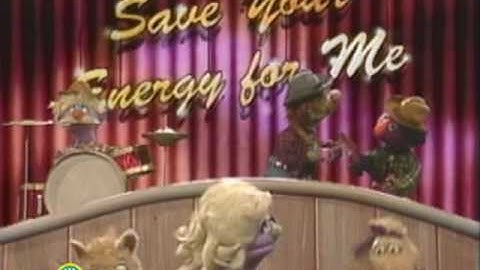 Grade Level: Pre-K-1
Grade Level: Pre-K-1
Duration: 2 minutes 24 seconds
Description: This music video from Sesame Street encourages students to save energy at home by turning off lights and electronics when not being used.
Concrete Climate Ideas Girl Scouts Talk Building Materials and Embodied Carbon
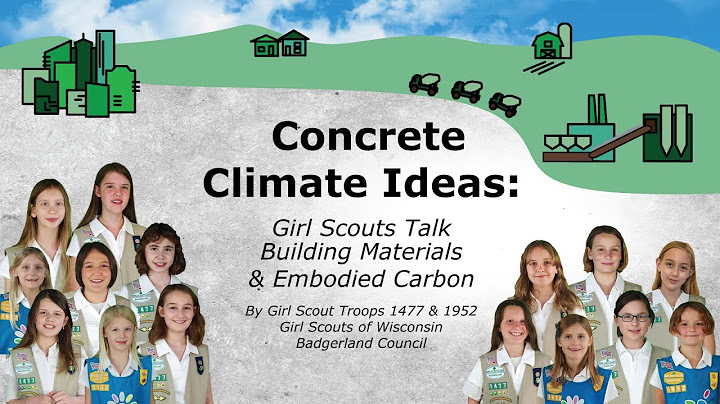 Grade Level: 3-6
Grade Level: 3-6
Duration: 9 minutes 8 seconds
Description: This video made by Girl Scout Troops 1477 and 1952 of the Wisconsin Badgerland Council talks about the carbon footprint of concrete. Students will learn about the embodied carbon of concrete and about more eco-friendly options for building materials.
Global Energy and Carbon: Tracking Our Footprint
![]() Grade Level: 9-12
Grade Level: 9-12
Duration: 26 minutes 46 seconds
Description: This documentary from Prairie Public follows six families, two from the U.S., two from India, and two from Cameroon. Students will learn how the energy each family uses contributes to their carbon footprint and what aspects of their lives contribute the most to their household carbon footprint. Note: This documentary was posted in 2011 so some of the information may be dated.
What is embodied carbon in buildings?
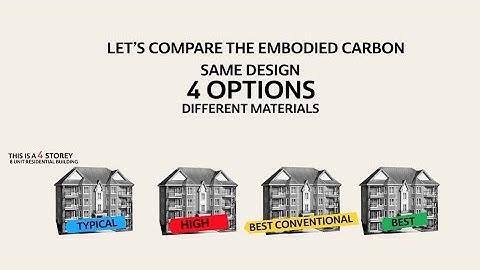 Grade Level: 6-12
Grade Level: 6-12
Duration: 5 minutes 55 seconds
Description: This video from the Endeavour Centre in Peterborough, Ontario discusses the embodied carbon of buildings. Students will learn what the term embodied carbon means, what life cycle assessments are, and how the embodied carbon of a building can be reduced by using different building materials.
United States: Tackling Climate Change Close to Home (Passive House)
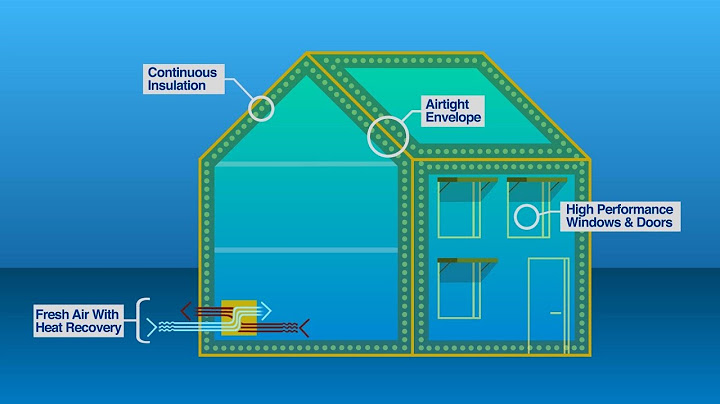 Grade Level: 6-12
Grade Level: 6-12
Duration: 8 minutes 51seconds
Description: This video from the United Nations discusses how "Passive House" standards are being used in the United States to make homes more energy efficient. Students will learn about the features of “Passive Houses” and how energy-saving homes can help the U.S. achieve the goals of the Paris Climate Accord.
Architectural design for buildings that create more energy than they consume
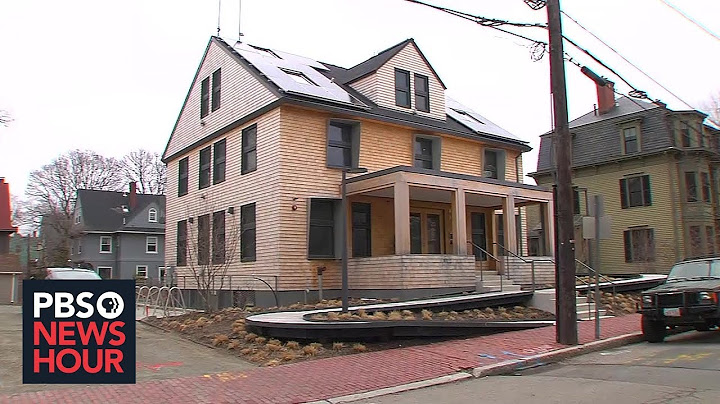 Grade Level: 6-12
Grade Level: 6-12
Duration: 3 minutes 35 seconds
Description: This video from PBS NewsHour takes viewers inside a building named House Zero that is designed to have zero carbon emissions. Students will learn about the technology used in House Zero and that using the types of energy-saving technologies seen in House Zero when building residential homes may become more commonplace in the future.
What is a Zero Energy Building?
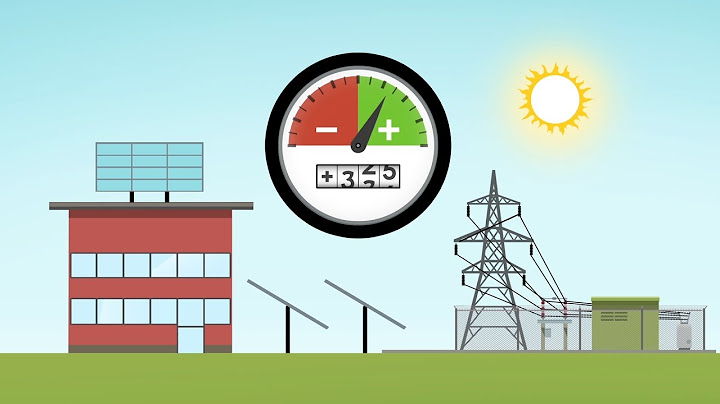 Grade Level: 6-12
Grade Level: 6-12
Duration: 2 minutes 3 seconds
Description: This video from the U.S. Department of Energy explains what zero energy buildings are. Students will learn that these buildings use less energy than they produce, by being energy-efficient and using renewable energy.
Podcasts:
5 Ways To Cut Carbon Emissions At Home
 Grade Level: 9-12 (may be suitable for younger audiences with a long attention span)
Grade Level: 9-12 (may be suitable for younger audiences with a long attention span)
Duration: 17 minutes
Description: Listening to this episode of Short Wave from NPR, students will learn five ways that individuals can reduce their household’s carbon emissions.
Energy Conservation: Starting At Home
 Grade Level: 6-12
Grade Level: 6-12
Duration: 7 minutes 46 seconds
Description: In this NPR segment from Morning Edition, Richard Harris walks through his home with energy efficiency expert Jennifer Thorne Amman to learn ways he can save energy around his home. Students will learn about simple home improvements homeowners can make to conserve energy and save money. Note: This podcast is from 2008 so some of the information regarding the passage of “new” laws in Maryland to decrease energy use by 15% applies to previous energy reduction targets.
Researchers Are Trying To Find A Solution To Cut Concrete's Carbon Emissions
 Grade Level: 6-12
Grade Level: 6-12
Duration: 3 minutes 54 seconds
Description: This NPR story from All Things Considered discusses how scientists are developing eco-friendly concrete. Students will learn about the carbon footprint of regular concrete and will understand how finding green alternatives to standard concrete will help the planet.
Games/Activities:
Saving Energy in My Home
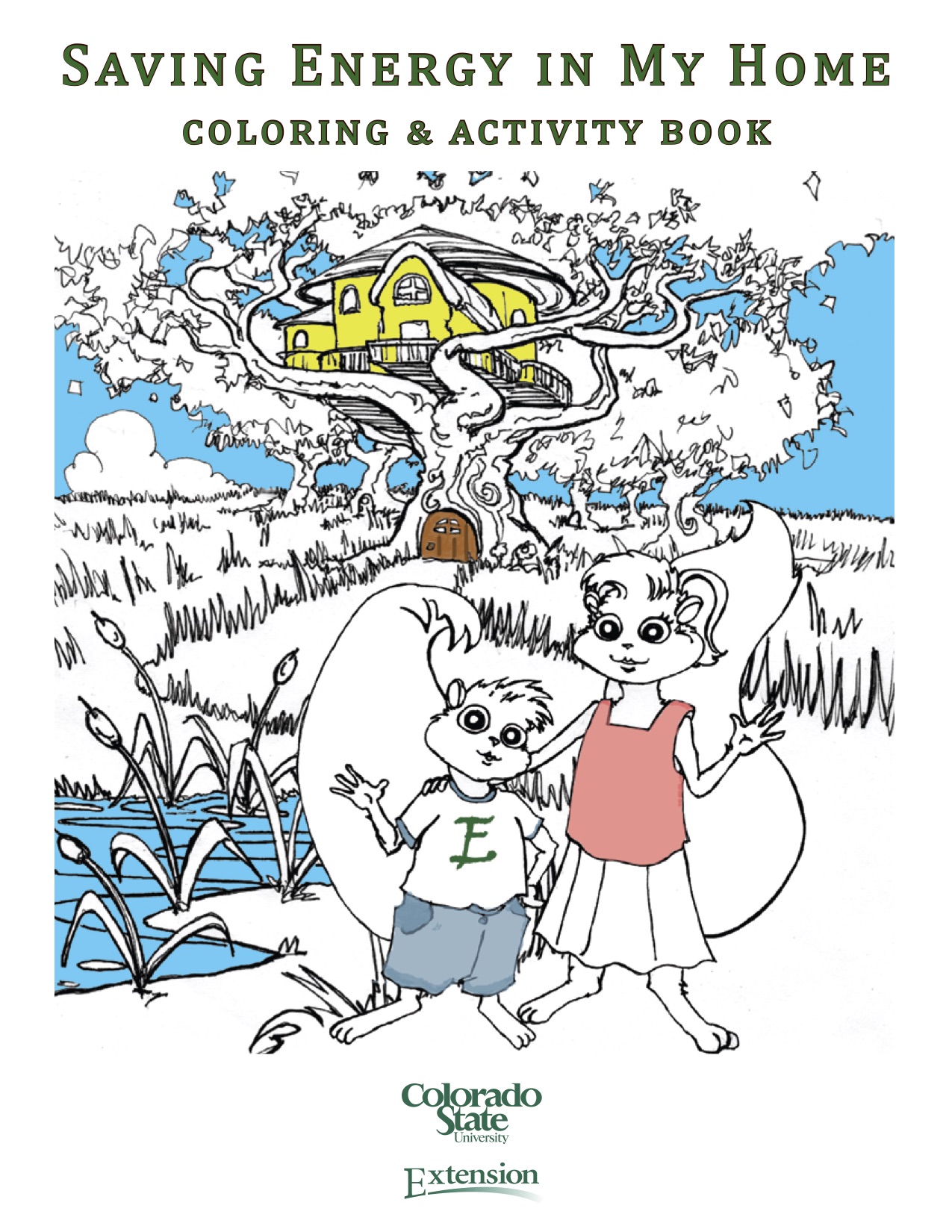 Grade Level: PK-2
Grade Level: PK-2
Duration: Varies
Description: This activity book from Colorado State University features different activities to help students learn about household energy usage and energy conservation. Students will have fun completing word puzzles and coloring pages and will learn about the importance of saving energy at home
Team ENERGY STAR activity booklet: Be your own amazing
 Grade Level: K-2
Grade Level: K-2
Duration: Varies
Description: This activity book from Energy Star provides fun activities for students and features the character Spiderman. The booklet includes a maze, a word search, and a coloring page to engage students to save energy at home and fight climate change.
Estimating Appliance and Home Electronic Energy Use
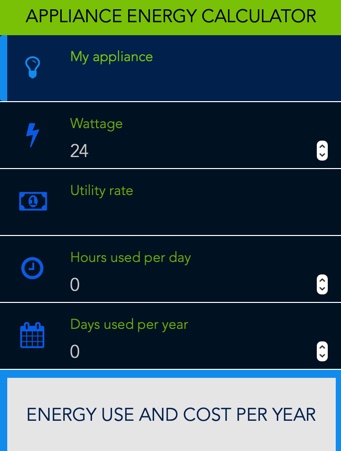 Grade Level: 9-12
Grade Level: 9-12
Duration: Varies
Description: With the help of a parent or guardian, students can use this calculator from energy.gov to estimate the energy used by their household appliances and the cost of that energy. Through this activity, students wil learn how much energy the electronic devices and appliances in their home require and how that energy use translates to energy bills.
Green Home Design
 Grade Level: 9-12
Grade Level: 9-12
Duration: 150-180 minutes (several class periods)
Description: This activity from the Wisconsin K-12 Energy Education Program (KEEP) tasks students with designing a green building. They will use graph paper or computer-aided design software (CAD) to draw the layout of their house. Students will include details about their building’s features that make it eco-friendly. For example, students may include energy-efficient appliances, consider the orientation of their building, and use sustainable building materials.